10-calorie jelly, matcha, low-calorie hot chocolate, and coconut oil are just some of the ‘superfoods’ influencers rave about on Instagram. While it’s fine to enjoy these foods if you like them, it’s important not to use them to replace more common alternatives purely for the sake of ‘clean eating.’
Influencers often promote ‘health’ products without being qualified experts, leading to the normalization of restrictive eating practices. Instagram has changed how we view and consume food, often promoting unrealistic standards.
We are definitely seeing how healthy eating trends are gaining popularity and this is a big positive. But the problem is that Instagram influence doesn’t always come from influencers. Let’s talk about the positive aspects of the intersection of social media and nutrition, as well as the negative aspects.
Positive Aspects Instagram For Your Diet
We are greatly influenced by those around us—especially close friends and family—when it comes to our food choices. Studies show that the stronger the bond between two people, the more they impact each other’s eating habits.
Social media combines visual and social cues, and there’s evidence that friends’ posts about specific foods can influence you to try them, whether for better or worse. Research suggests that social media is altering our relationship with food, affecting how we think about what we eat.
Community Support
Dieting can often feel like a solitary endeavor, but Instagram can transform it into a communal activity. By following diet-specific hashtags or joining groups, users can connect with others who share similar dietary goals. Whether you’re following a keto, vegan, or gluten-free diet, there’s a community for you.
These communities provide a platform for sharing experiences, tips, and encouragement. For instance, a user struggling with meal ideas for a plant-based diet can search the hashtag #veganrecipes and find thousands of posts offering a plethora of options. This sense of community support can be incredibly empowering, helping individuals stay committed to their dietary goalsdietary goals.
Accountability
Sticking to a diet can be challenging, but Instagram can serve as an accountability partner. Many users document their dietary journeys by posting daily or weekly updates on their meals, progress photos, and reflections.
For instance, someone trying to lose weight might post their meals using the hashtag #fooddiary. Knowing that their followers are watching can motivate them to make healthier choices.
The main condition for positive influence on Instagram is to follow authoritative people who know what they are talking about. Perhaps you should find international experts with best practices. There is a nuance – Instagram is segmented. But you can overcome barriers, fix Instagram music and even change your region. To do this, you need to change your IP address. How to change IP address on iPhone? The most effective way is to use a VPN.
Accessibility to Professional Guidance
Hiring a personal nutritionist or dietitian can be expensive, but Instagram bridges this gap by providing access to professional advice for free or at a lower cost. Many health professionals offer tips, answer questions, and even provide personalized advice through direct messages or comments. For example, a user struggling with portion control might ask a question on a dietitian’s post and receive a helpful response.
Visual Learning
Humans are visual creatures, and Instagram leverages this by providing a visual learning experience. Seeing a beautifully plated dish can make a recipe more enticing and easier to replicate. Many accounts offer step-by-step photo guides or short video tutorials, which can be incredibly helpful for those who are not confident in their cooking skills.
For example, @deliciouslyella frequently posts recipe videos that show each step of the cooking process, from ingredient preparation to the final plated dish. This visual guidance can make cooking healthy meals less intimidating and more approachable.
Negative Aspects Instagram For Your Diet
Ditch the Diet Culture
Despite the health and wellness boom, obesity has been rising since 1993. Disordered eating now affects 50-75% of women and over 40% of 16-year-olds. Why?
Food Rules and Cravings
Labeling certain foods as “guilty” puts them on a pedestal, leading to cravings. If you allow yourself to eat all foods, you’re less likely to experience these cravings. Imagine a cow in a field of lush grass. Initially, it overeats due to excitement, but over time, it grazes normally as the grass is no longer restricted.
Biology and Dieting
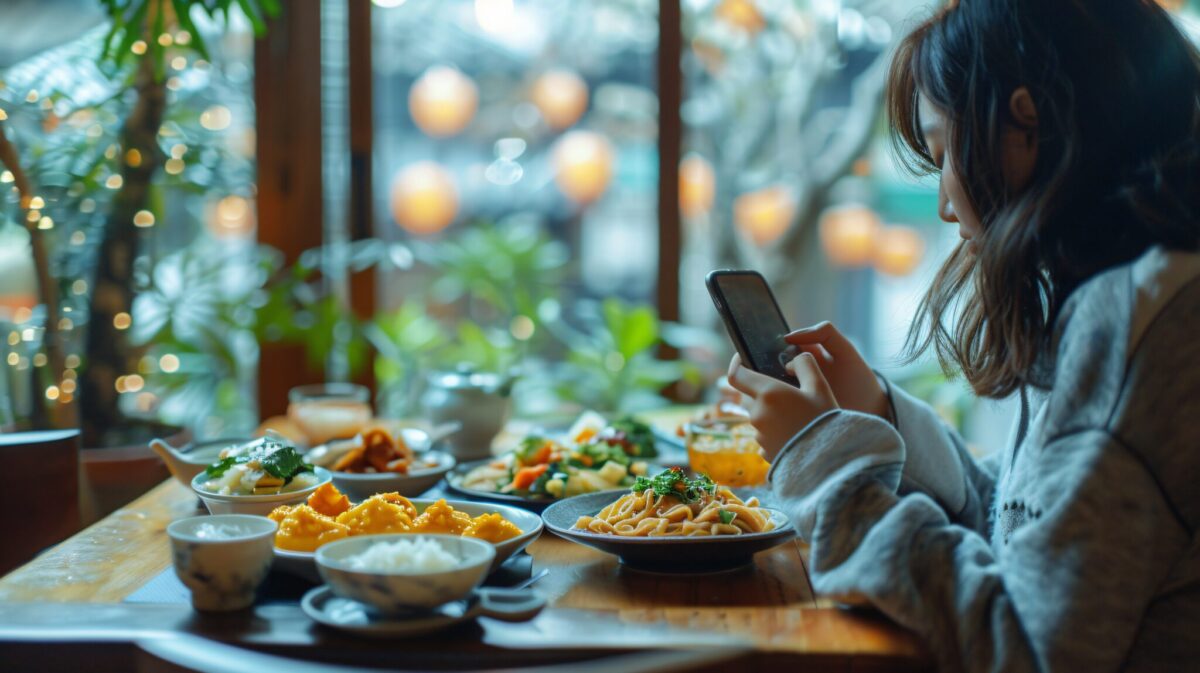
Social Comparison and Distorted Reality
Before social media, comparisons were limited to those around us. Now, we can compare ourselves to millions online daily. A staggering 88% of people on social media engage in social comparisons, and 98% compare themselves to those doing “better.”
Confirmation Bias
Following “fitspo” and “clean eating” influencers can skew your feed and opinions. You’re mostly seeing workouts and dietary trends, distorting reality and changing your mindset. It’s easy to believe everyone is eating avocado toast or smoothie bowls, but many nutritious breakfasts don’t make it to social media.
Misinformation on Instagram
Evidence-based advice on Instagram is limited. Dietitians are the only nutrition professionals regulated by law. Online nutrition courses are available for as little as £29 and can be completed in weeks, so do your research. Qualified nutritionists will have ‘RNutr’ or ‘ANutr’ in their titles.
Common Health and Wellness Myths Debunked
- Juices and Cleanses: Only your liver and kidneys can detox your body.
- Unrefined Sugar: Sugar is sugar, whether it’s from cane, honey, maple syrup, or coconut. It all behaves the same way in your body.
- Superfoods: This is a marketing term. Nutrients found in “superfoods” are also in other foods like rocket, watercress, and broccoli.
- Spirulina: More research is needed to prove its benefits. We don’t know how much you need to eat to gain its supposed health benefits.
- Energy and Immune Boosters: All food provides energy, and a “boosted” immune system can lead to inflammation.
- Lemon in Water: There are no proven benefits.
- Fat-free Foods: These often contain added sugars to make them tasty and filling, leading you to eat more.
- Celery Juice: Promoted by Anthony William, aka the Medical Medium, who has zero qualifications.
Conclusion
Social media has its perks—it’s quick, enables global conversations, and can drive powerful campaigns. But we need more healthcare professionals on Instagram to shift focus from dieting to healthier behaviors. While Instagram blocks harmful hashtags like #thinspo, more action is required. For instance, #fitspo has over 72 million posts, dwarfing #bodyneutrality’s 126,000. Be mindful of the influencers you follow. Do their messages promote a healthy lifestyle or encourage unhealthy habits like earning food through exercise? Let’s make positive changes together.
Want to unlock greater wellness?
Listen to our friends over at the Wellness + Wisdom Podcast to unlock your best self with Drew Canole of Organifi:

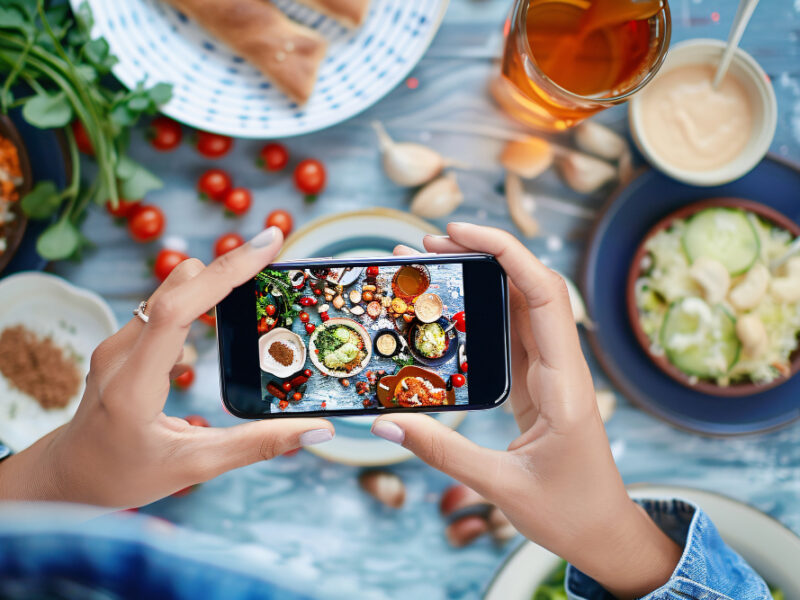
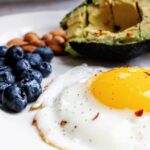
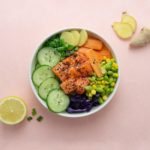
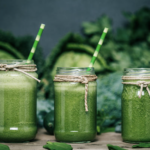

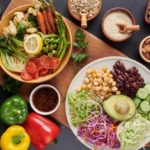
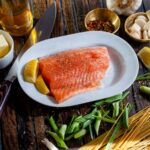
 Common Golf Injuries & The Equipment To Help You Avoid Them
Common Golf Injuries & The Equipment To Help You Avoid Them